BY WALTER OPINDE
On this day July 1, 1991, the 41st U.S. President, G. H. W. Bush, nominated Thomas Clarence to fill the seat of Justice Marshall as the Second Black U.S. Supreme Court Justice. Consequently, Clarence Thomas was appointed the second African-American U.S. Supreme Court Justice, serving after the first Black- Justice Thurgood Marshall.
Owing to his outstanding performance as a legal mind in the previous administrations, in 1990, President George W. Bush nominated Thomas for a seat on the United States Court of Appeals for the District of Columbia Circuit. He served in that position for 16 months and on July 1, 1991, was nominated by Bush to fill Marshall’s seat on the United States Supreme Court. Clarence Thomas’ confirmation hearings were bitter and intensely fought, centering on an accusation that he had sexually harassed attorney Anita Hill, a subordinate at the Department of Education and subsequently at the EEOC. The U.S. Senate ultimately confirmed Thomas by a vote of 52 against 48.
Clarence Thomas, born on June 23, 1948, in Savannah, Georgia, is an American judge, lawyer, and government official who currently serves as an Associate Justice of the Supreme Court of the United States. Thomas succeeded Thurgood Marshall and is the second African-American to serve on the court after him. Clarence grew up in Savannah, Georgia, and attended the College of the Holy Cross and subsequently, the Yale Law School. By 1974, he was appointed an Assistant Attorney General in Missouri, a post that also gave him the opportunity to practice law in Missouri’s private sector. In 1979, Thomas became a legislative assistant to Senator John Danforth (R-MO), and later, in 1981, he was appointed an Assistant Secretary for Civil Rights at the U.S. Department of Education. In 1982, President Ronald Reagan appointed Thomas Clarence as the Chairman of the Equal Employment Opportunity Commission (EEOC).
Since joining the Supreme Court, Thomas has taken a textualist approach, seeking to uphold the original meaning of the United States Constitution and statutes. He is generally viewed as the most conservative member of the court. Clarence is also known for his practice of rarely speaking during oral arguments. He is known for his quiet and stoic demeanor during arguments and his conservative opinions, which challenge or surpass those of his adversaries. As a Supreme Court justice, Thomas is notorious for his lack of questions during oral arguments, as he has never asked a single question during arguments since 2006. While many judges use questions to show their opinion on an issue or communicate with the other justices as to their feelings on a case, Thomas remains silent. However, that does not hinder the other justices from discerning his thoughts. His reputation of conservativism guides their predictions. He has shown his opinions to lean farther right than any other justice on the bench today.
Even though Clarence is known for his lack of engagement in the oral arguments, his intellect is indispensable to his conservative cohorts. He contributed heavily both to Scalia’s opinion in District of Columbia v. Heller, a gun control case, and Kennedy’s opinion in Citizens United v. Federal Election Commission, a major campaign finance law case. Thomas also penned the conservative majority decision in Good News Club v. Milford Central School, where he stated that the public school violated the First Amendment when it refused to allow a religious club from meeting there. Thomas, now 69 years old, has served 24 years on the bench and shows no interest in retiring.
Read more of the story via: http://www.supremecourthistory.org/history-of-the-court/the-current-court/justice-clarence-thomas/
Sources
Foskett, Ken (2004). Judging Thomas: The Life and Times of Clarence Thomas. William Morrow.

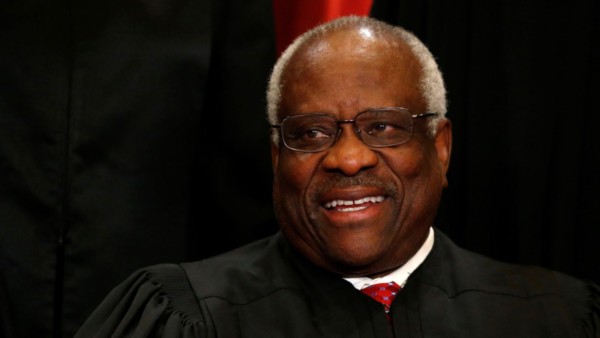
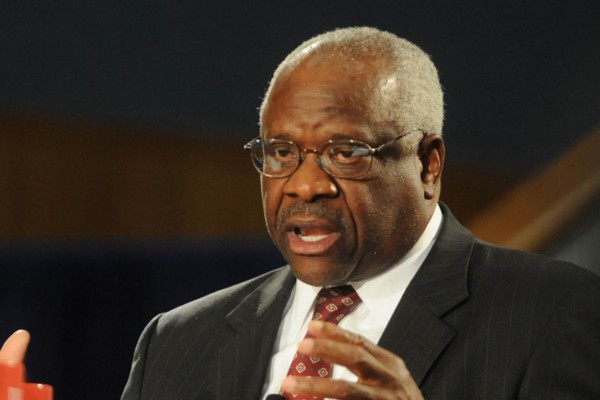



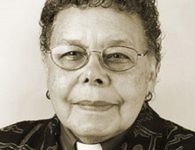
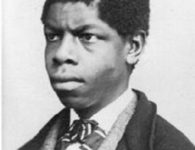


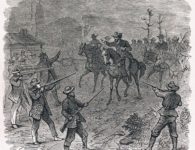
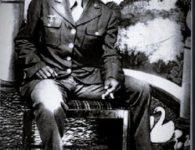



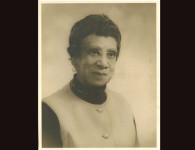

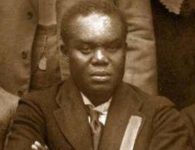
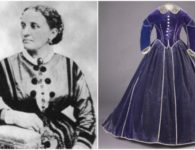



No comments